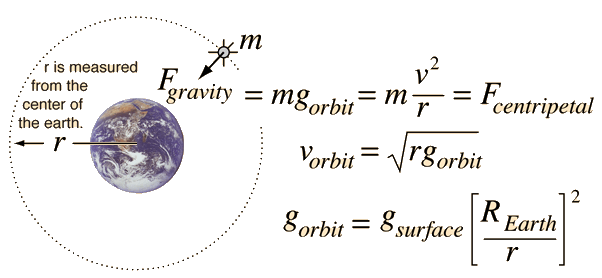1481
Philosophy, Religion & Society / Re: Apparently The Revolution Has Begun
« on: June 13, 2014, 03:39:52 PM »Of course. Literally no other problem could arise from everyone in a confined area carrying weapons.
Someone should tell all the gun stores.
Yeah, gun stores never get robbed because everyone knows that the owners and patrons are packing heat!
oh wait that doesn't actually deter criminals nevermind
http://www.aikenstandard.com/article/20140612/AIK0101/140619823
http://www.huffingtonpost.com/2013/11/26/charles-rowan-gun-store-manner_n_4345204.html <- literally decided to rob a gun store with a hammer. succeeded. deterrence works, right?!
http://www.wboc.com/story/13897486/4-arrested-in-laurel-gun-shop-robbery
http://www.wtae.com/news/local/coroner-called-to-shooting-at-gun-shop/23715272#!Ysf0E
http://www.wthr.com/story/19562707/two-shot-at-dons-guns
hey remember that episode of it's always sunny when dennis threatens to shoot that guy and then everyone in the gun shop pulls out a gun and stops him? that was awesome and never actually happens




